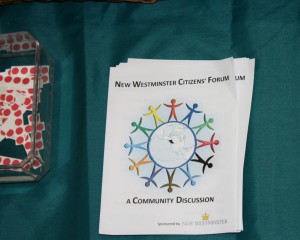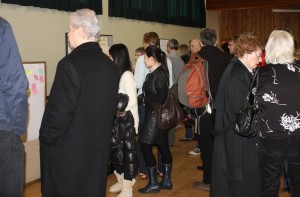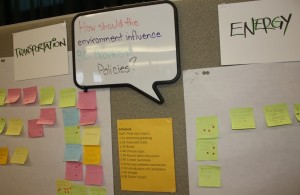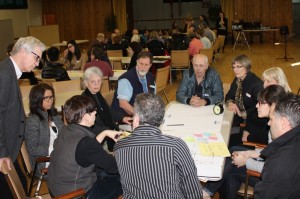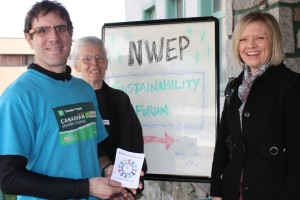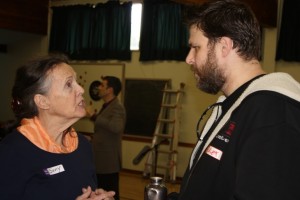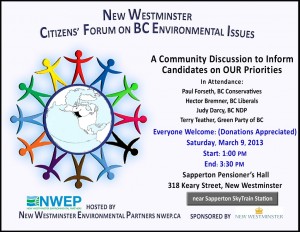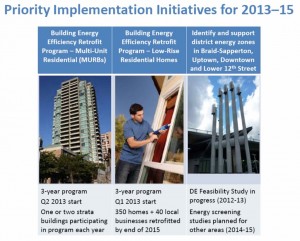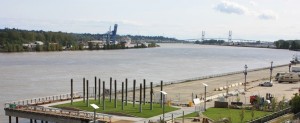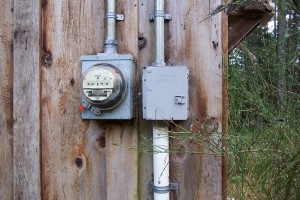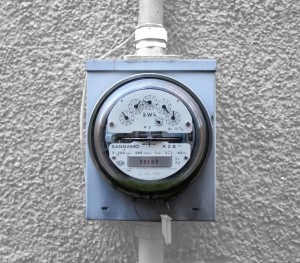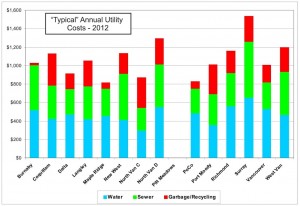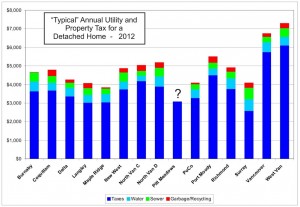UPDATE: I was just informed there will be a brief memorial at 2:00pm on Tuesday at the Queens Park bandshell, moving to the Rose Garden. My work commitments keep me from attending, but I do hope some New Westminster folks who care babout pedestrian safety will show up. It’s not about politics, or blame, it is about showing Gemma’s family that we as a community recognize the tragedy and want to do better…
I hate reading about this kind of thing. It makes me sad, it makes me angry, it frustrates me.
Putting a face to the name, recognizing Gemma Snowball as a young Australian woman who worked for a couple of local businesses makes it a little more personal. It’s not like I knew her name or shared any relationship more than being two people living in the same community, but just having interacted with her, recognizing her as a human being, and not just another nameless accident victim, it hits you a little harder.
It shouldn’t, though. Every person killed in what Newz Radio euphemistically calls an “incident involving a pedestrian” is a person, they were humans with families and jobs and futures and stories. Even if we didn’t have a chance to know them. Instincts deeply rooted in our evolution as tribal animals make deaths in our community more important than ones farther away, deaths of people we share a language and skin colour with more important than those whose cultures we don’t understand, people we have met more important than those we haven’t. One of those vestigial bits of human nature we would be best to get past.
My connection to this also comes from another direction, though. Serving on the City’s Advisory Committee on Transit, Bicycles and Pedestrians and the Master Transportation Committee, and being an outspoken advocate for improving pedestrian safety in New Westminster, I spend a lot of time talking with other (better informed and more effective) advocates for safe pedestrian environments, like Mary Wilson and Marion Orser and Bruce Warren. When we discuss the need for better traffic control, reduced speed limits, better lighting and pedestrian protection, better crosswalks, we often feel we are in our little bubble speaking to the wall.
We aren’t speaking to the wall, though. The City is making positive changes. We have a Pedestrian Charter, although fulfilling its vision seems a glacially slow process at times. Small changes are happening all the time: improved lighting or signals here, a new crosswalk there. Planning at every level in the City is doing a better job acknowledging the needs of pedestrians instead of just suffering their existence. The movement is slow, but those of us who spend our free time working on this stuff can see that we moving in the right direction, otherwise, why would we bother?.
Then something like this happens, and you shake your head and wonder if we are moving fast enough. In the priorities of “needs” a City strapped for resources has: firefighters and keeping the sewers running, plugging potholes and aiding the homeless, maintaining a vibrant community spirit and protecting people from crime, where do we stick “Pedestrian Safety” on the list?
The good news is that the pedestrian space in New Westminster is relatively safe. For a City with 400,000+ cars and trucks a day driving through, pedestrian deaths are uncommon: one in each of 2009 and 2010, none at all in 2011 or 2012. Maybe we have been lucky, dodging bullets, as MetroVancouver averages just under 20 pedestrian deaths a year. Even more depressing, the majority of automobile-related deaths in Vancouver are pedestrians – not cyclists, not drivers or passengers, certainly not Transit users, but people on foot.
The reality is that accidents happen. We don’t yet know the details of this incident. We know it was dark and rainy and the media reported the driver was making a left turn, which is clearly illegal at that intersection. Maybe it was an honest mistake by the driver; maybe it was intentional… a “victimless crime” if there was no cross traffic. But this time there was cross traffic. Maybe Gemma wasn’t as cautious as she could have been crossing the street at night, rushing to catch the bus on a rainy night after a long shift at work.
We may never know the combination of bad decisions made in a split second that resulted in one dead woman, and a driver whose life has now been tragically altered.
We don’t know the details, and I don’t know the solution. Maybe the built infrastructure had nothing to do with it – a freak combination of events that could not be avoided. But like many others, I can’t see an event like this and ignore it. Gemma was too close to my tribe and died in my back yard, I can’t let it pass unnoticed. Some have set up a vigil at 6th and 6th, and that is good for a time. Some others are holding an event on this upcoming Tuesday at the Dublin Castle to remember Gemma and raise a little support for her family. I am going to plan to go and help out in that little way.
More important, I am going to continue to advocate for pedestrian safety, to make our streets safe to cross. Gemma (and Christian Mesa) will stick in my mind, even if they were not friends. They are the reason we are working to make our urban areas better by making our streets safer for humans; so a momentary lack of attention doesn’t result in the tragically premature end of a life full of promise and hope.
If you are an advocate for pedestrians, a person who has felt that more needs to be done to make our crosswalks and sidewalks safe for the people of our City, maybe you might want to show up on Tuesday at the Dublin Castle and show some support. This isn’t a political issue (I don’t know any politician who wants streets to be less safe!), just a reminder of why we should be listening to advocates like Mary Wilson and keep fighting the good fight.
